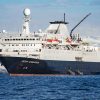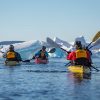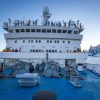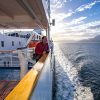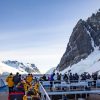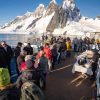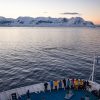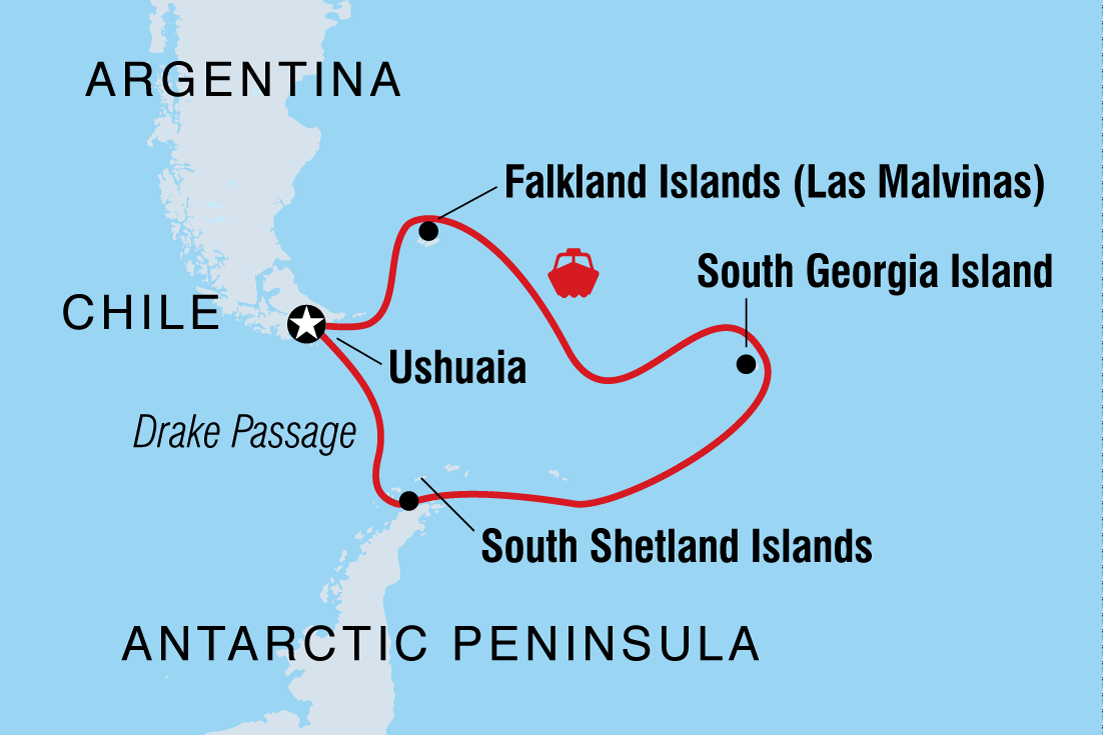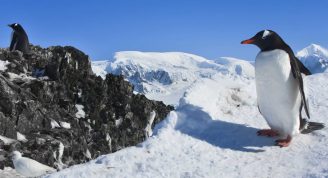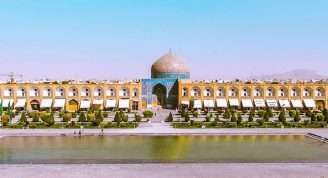Description
Experience an adventure tour of Antarctica and explore the unique conditions at the end of the Earth. Embark from Ushuaia and travel through the Beagle Channel to the Falkland Islands, where a treasure trove of bird life and cheeky penguins put on a show on the rocky shores. Then head through the Antarctic Convergence on the way to South Georgia, and get your first taste of Antarctic life on this remote island made famous by Shackleton. Incredible icy bays, abandoned whaling stations and an abundance of noisy wildlife are just some of the sights to greet you before sailing further along the Antarctic Peninsular to spend days exploring the area on zodiacs, witnessing ethereal icebergs and soaking in the incredible landscapes and wildlife of Antarctica. Benefit from the navigational expertise and local knowledge of a professional crew and make the most of this once-in-a-lifetime experience.
- Your voyage at sea brings new experiences every day. Cross the wild and wintry Drake Passage, pass between blue-tinged icebergs and explore the coastlines of a multitude of contrasting islands
- Daily Zodiac trips along the Antarctic Peninsula, in the Falklands and on South Georgia Island provide unequalled encounters with nature. See thousands of penguins in their natural habitat, elephant and fur seals lining beaches and various species of whales
- The Falkland Islands are a haven for birdwatchers. Search for petrels, cormorants and Black-browed albatross before heading to the pub to rub shoulders with friendly locals in Port Stanley
- Discover the old abandoned whaling station of Griytviken in South Georgia, paying your respects at the grave of the explorer Sir Ernest Shackleton
- Optional activities such as sea kayaking can take your adventure to the next level. Book early, as these sell out fast



